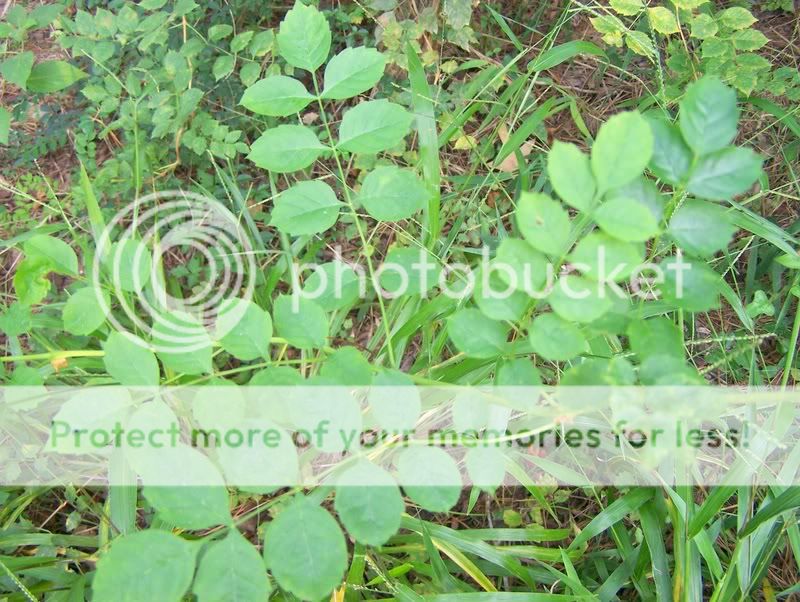Trumpet creeper is a rampant, fast-growing vine, native to the Southeast but commonly cultivated eslewhere for its big, showy flowers. Like other members of its family (such as the catalpa tree), the flowers are tube or trumpet shaped. Trumpet creeper can easily scale the height of even the tallest trees and is commonly seen covering telephone poles. The leaves are compound and up to 1 foot in length, and the vine produces large, banana-shaped seed pods in late summer. The vines are perennial and become woody over time, putting them with other lianas such as Berchemia scandens and poison ivy.











